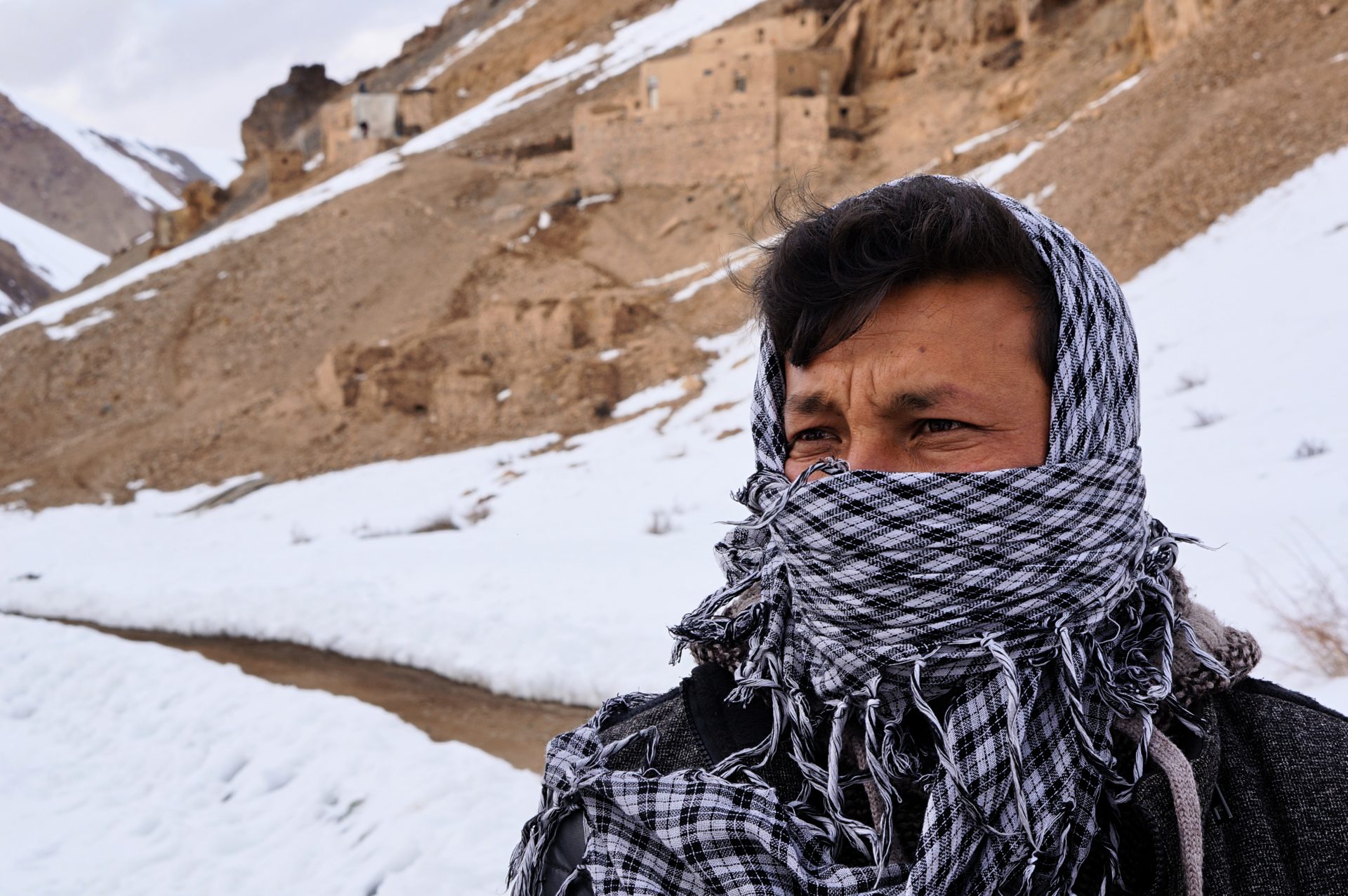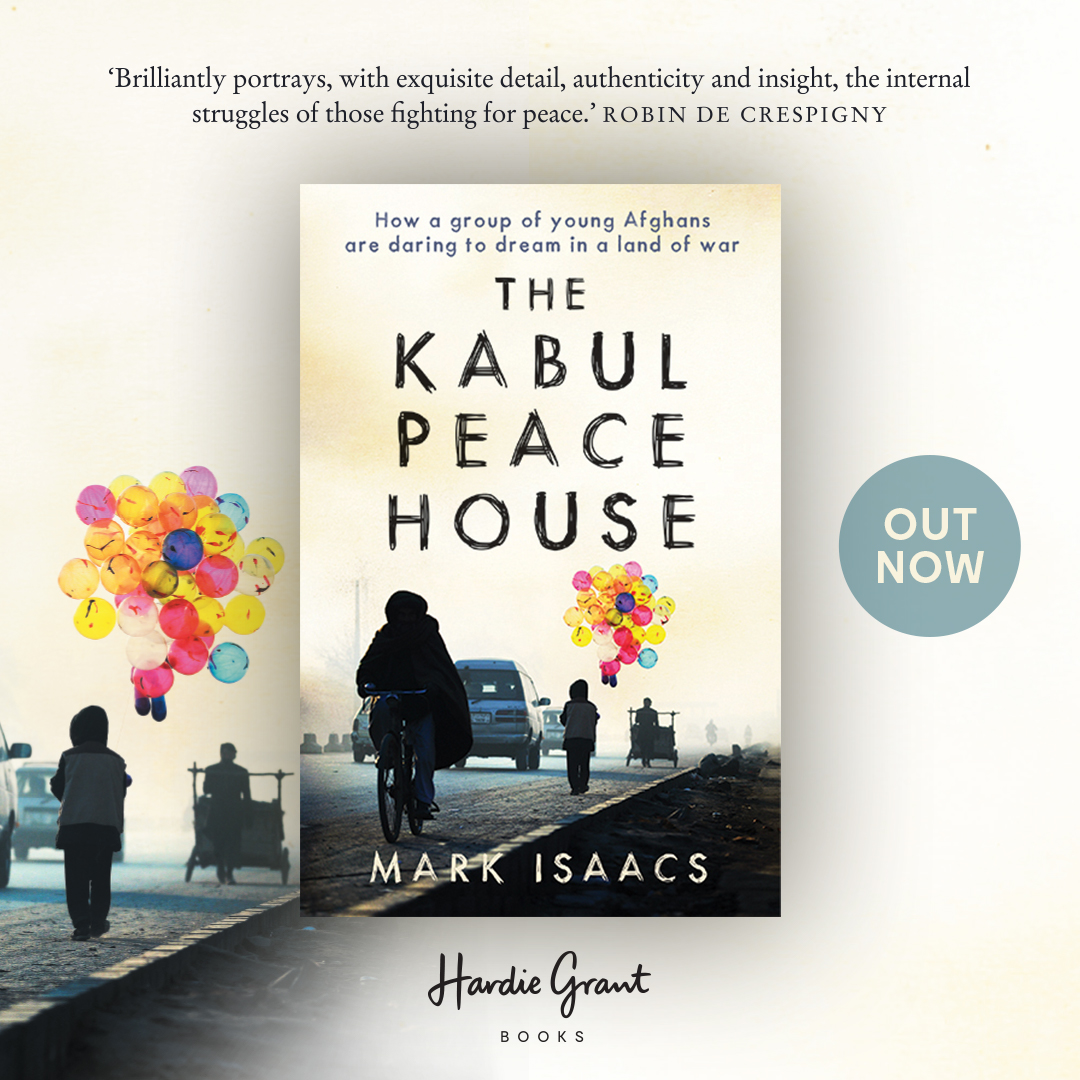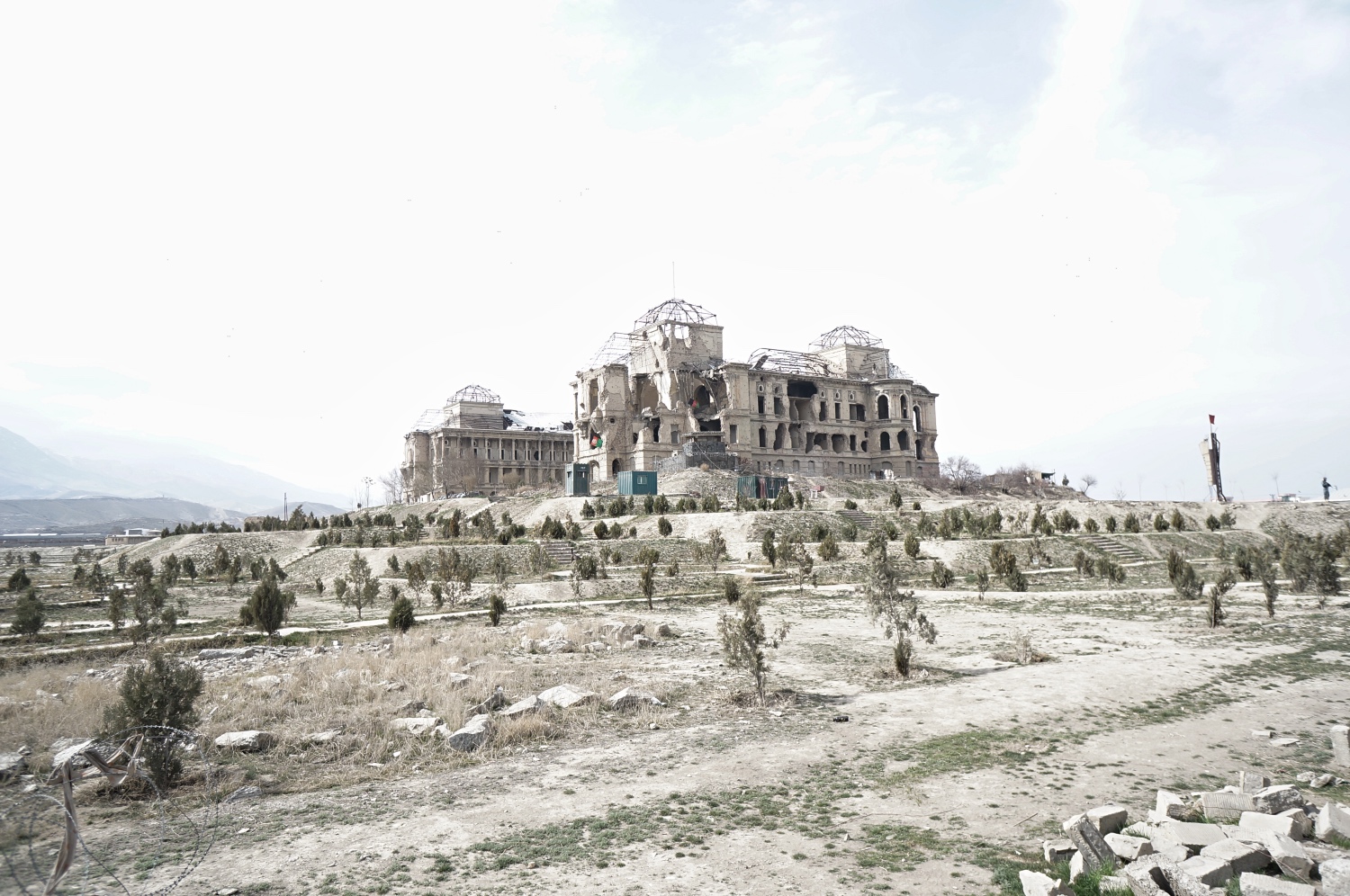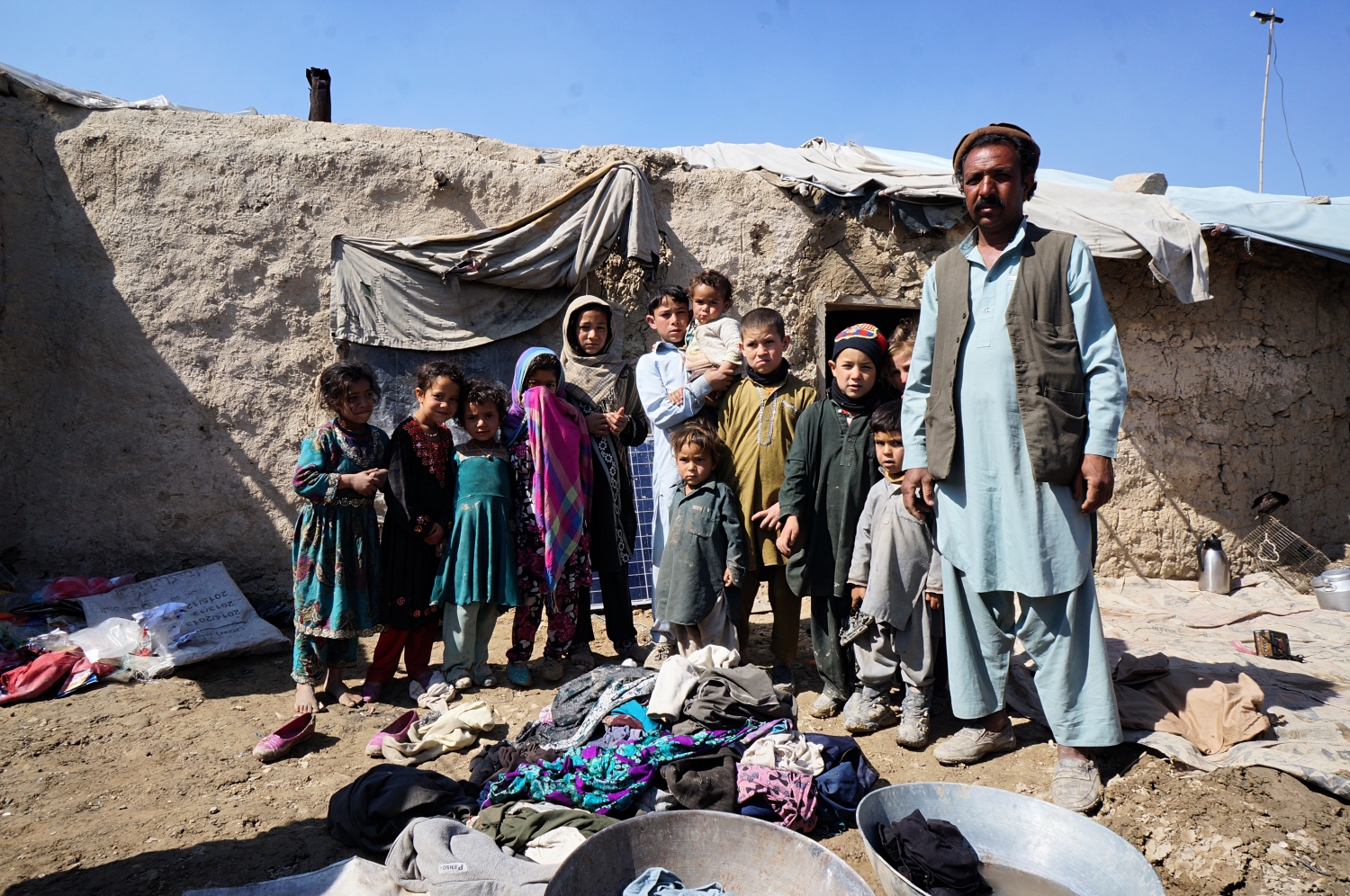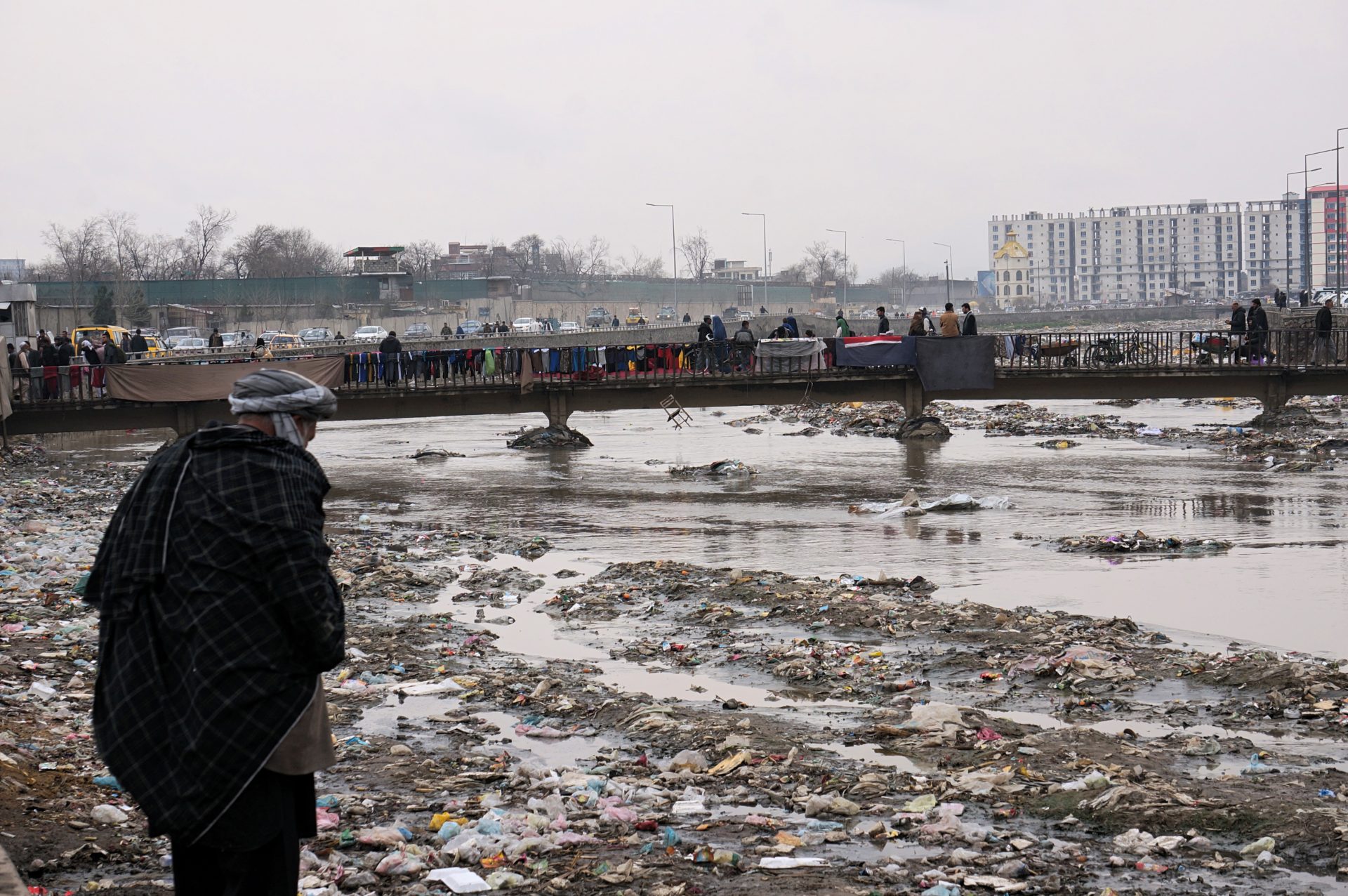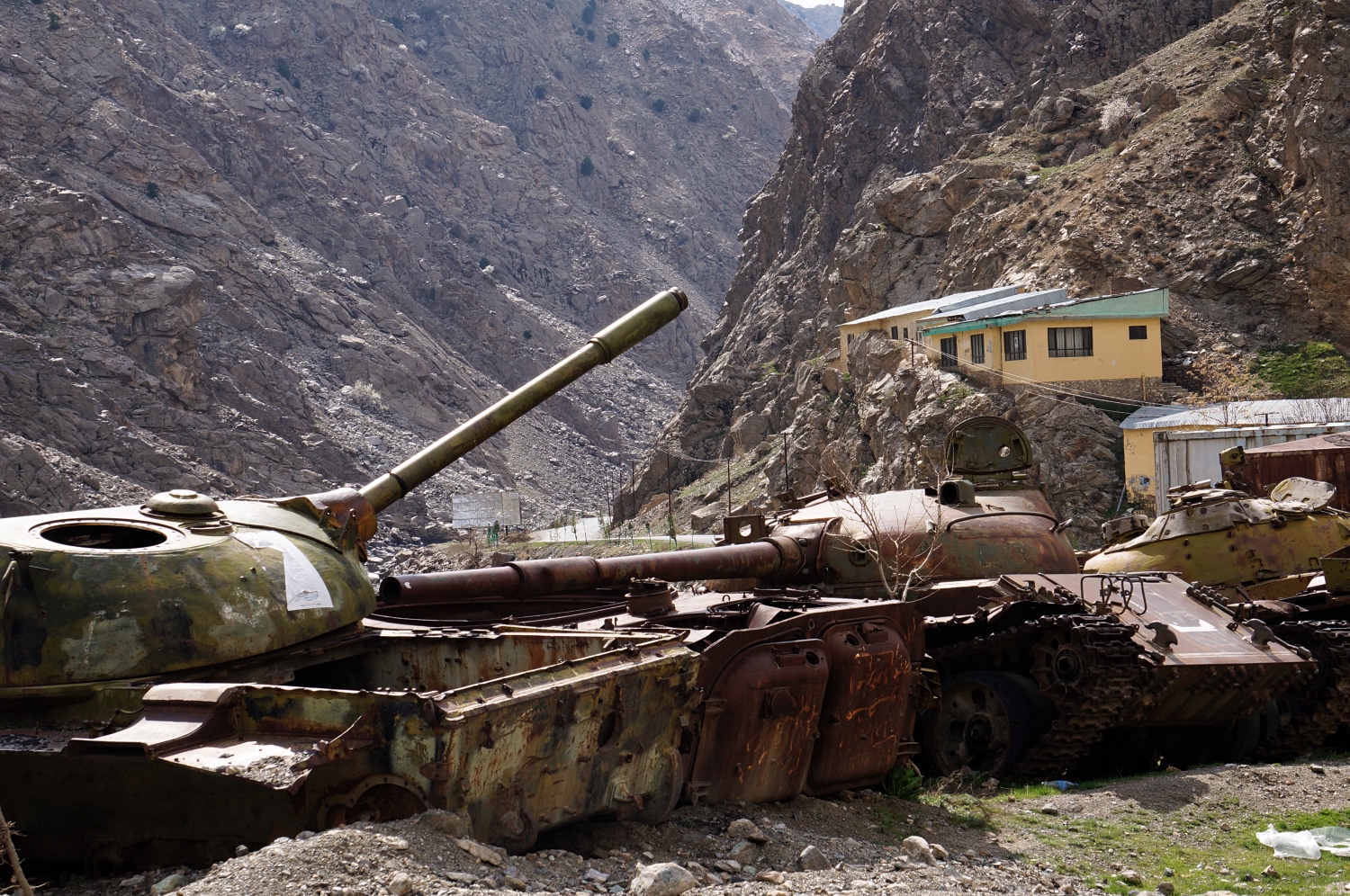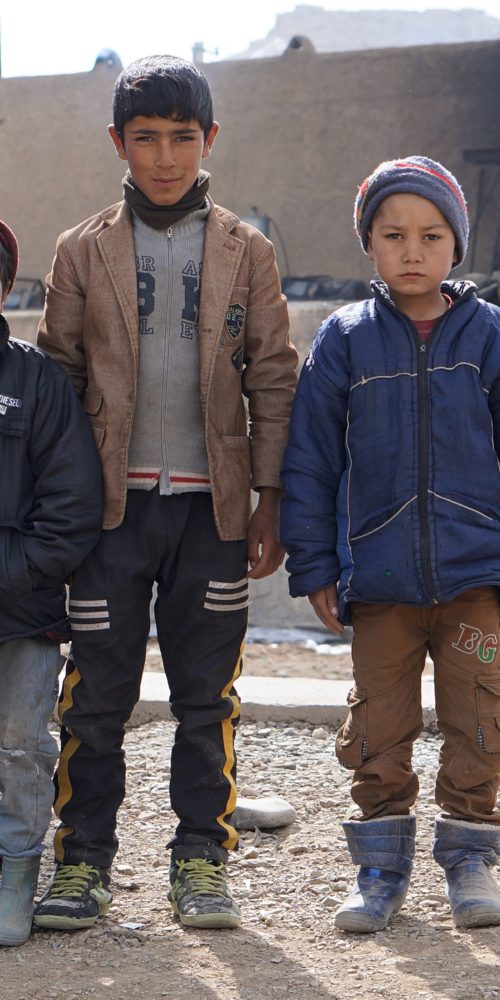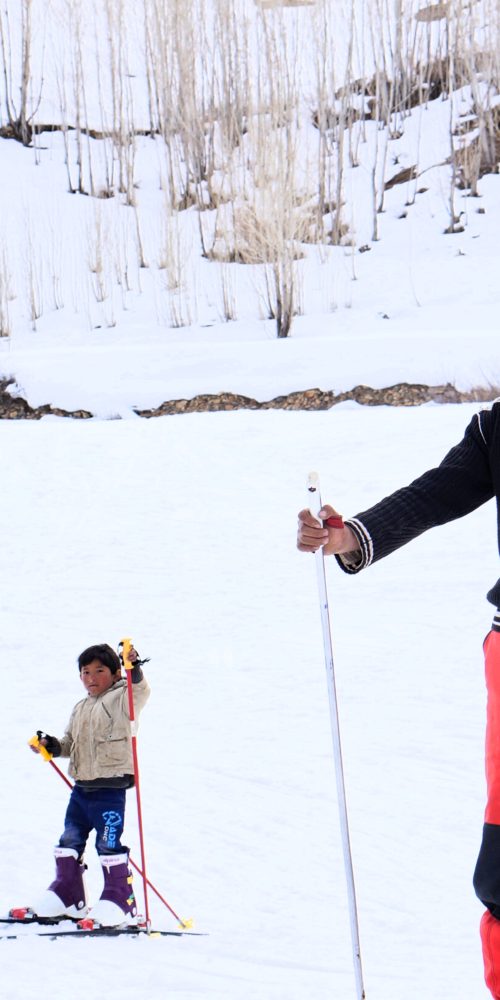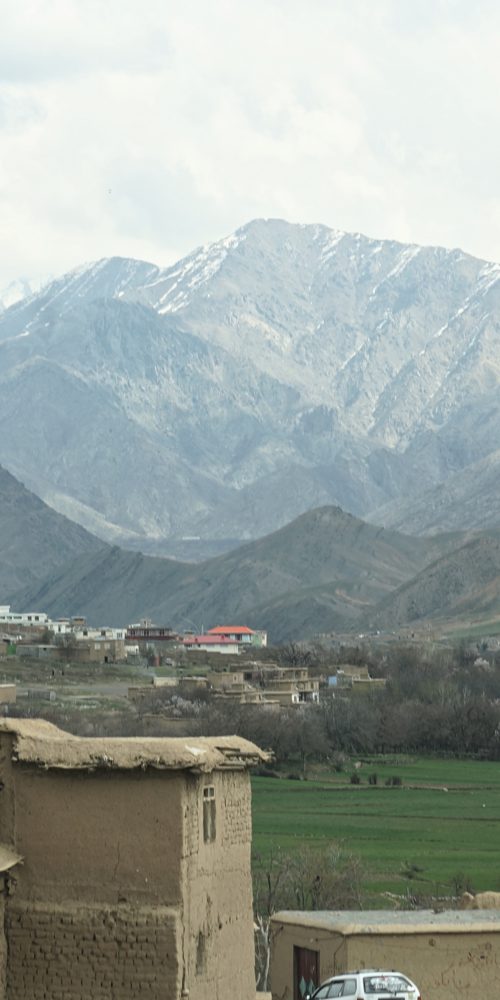In 2016, I travelled to Afghanistan as part of a small team of researchers commissioned by the Edmund Rice Centre to report on the safety of rejected asylum seekers returned to the country by the Australian government. That report was titled, Responsibility to Protect and can be used to assist Afghan asylum claims.
While working in Kabul, I stumbled upon a community of young Afghan peace activists. I returned to Afghanistan in 2017 to help the community and its members record their compelling story. The book – The Kabul Peace House – is the result.

